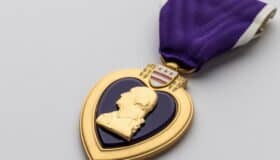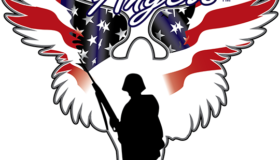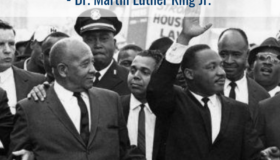Unsung Heroes of D-Day
June 3, 2025
The Quiet Bravery That Changed History
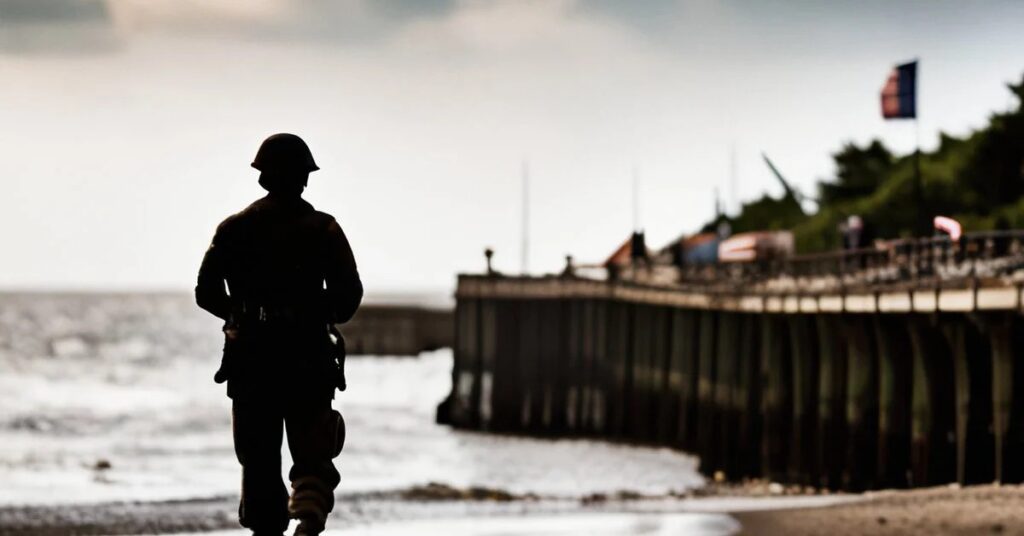
Success in battle isn’t always defined by rank or medals. Sometimes, it’s the steady hands of a medic, the click of a typewriter in a hidden bunker, or even the bark of a four-legged warrior that changes the course of history. These were the Unsung Heroes of D-Day—the quiet forces whose courage shaped the outcome of one of history’s most pivotal moments.
When we remember D-Day—June 6, 1944—we picture stormy beaches, barbed wire, and brave soldiers charging into machine gun fire. It was the largest amphibious invasion in history, and a crucial turning point in World War II. But while names like Eisenhower and Patton dominate the pages of textbooks, countless unsung heroes helped make the Allied victory possible.
Here are just a few of their stories
The Codebreakers of Bletchley Park
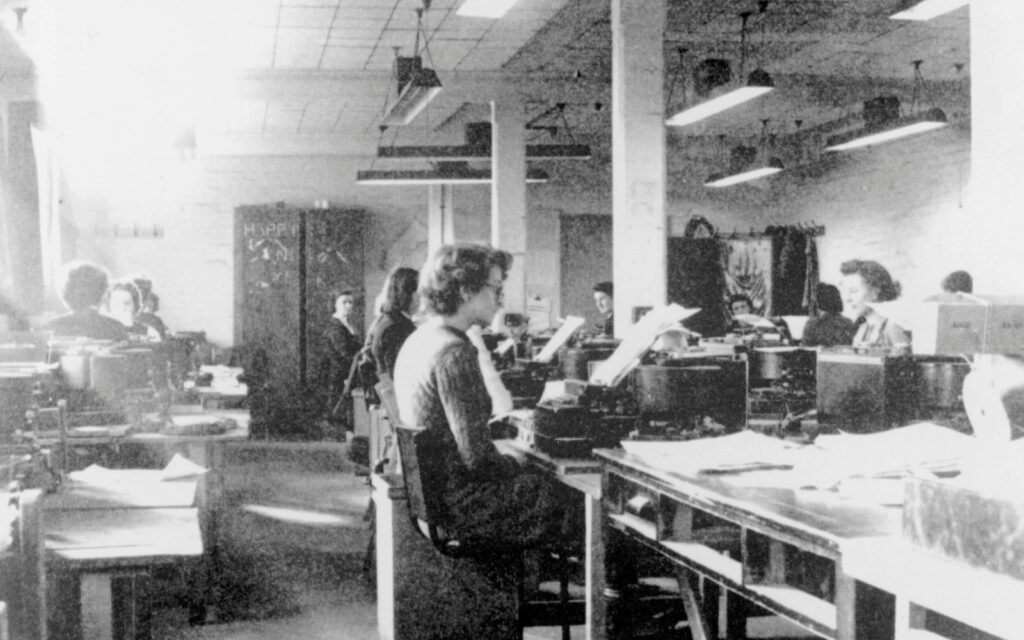
Long before Allied troops stormed Normandy, the war was being fought in secret at Bletchley Park, England. There, cryptanalysts worked tirelessly to break the German Enigma code.
One such figure was Joan Clarke, a gifted mathematician who helped decipher German naval communications. Her work, alongside Alan Turing’s, allowed the Allies to anticipate U-boat movements and plan operations with a strategic advantage.
These codebreakers never set foot on the beaches of Normandy, but their behind-the-scenes brilliance saved thousands of lives.
The Ghost Army: Deceiving the Enemy
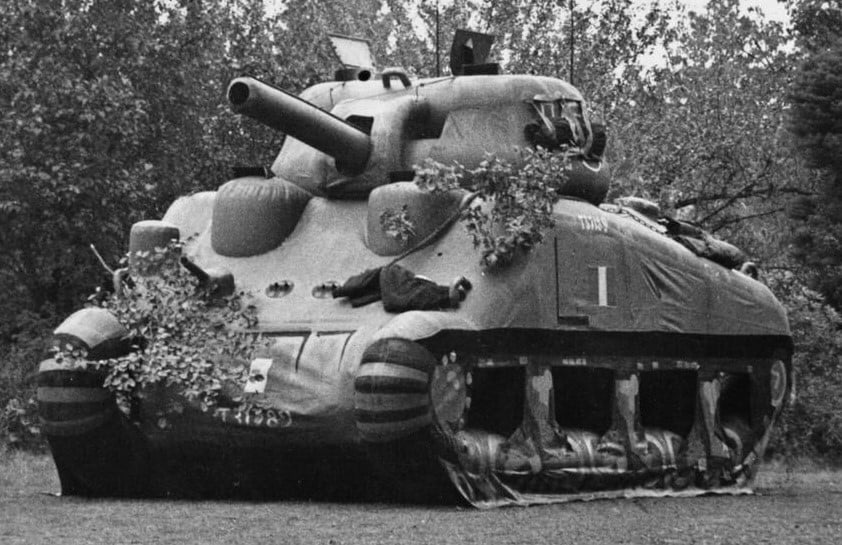
The 23rd Headquarters Special Troops—nicknamed the Ghost Army—used art, sound, and deception to mislead the Nazis. Composed of artists, sound engineers, and radio operators, they projected fake invasions using inflatable tanks, phony radio transmissions, and pre-recorded audio.
Their tactics convinced the Germans that the real Allied landing would occur at Pas de Calais, not Normandy, helping to ensure the element of surprise on D-Day.
The French Resistance
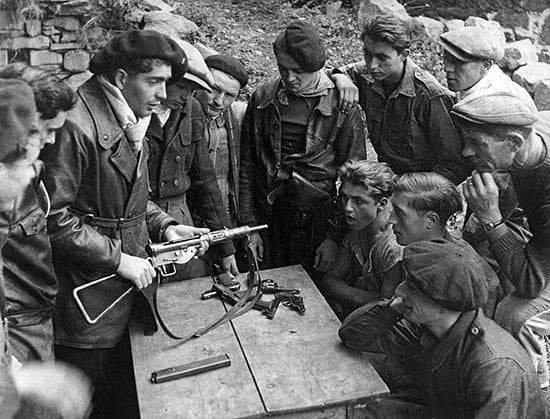
The French Resistance played a critical and courageous role in the success of D-Day. In the weeks leading up to the Allied invasion, resistance fighters—ordinary citizens turned patriots—sabotaged German supply lines, destroyed railways, cut communication cables, and gathered vital intelligence for the Allies. On D-Day itself, they launched coordinated attacks behind enemy lines to disrupt German reinforcements and weaken their response to the Normandy landings.
One standout was Lucie Aubrac, a schoolteacher who led sabotage missions and helped rescue her husband from Gestapo custody. Their acts of defiance played a vital role in destabilizing German control before the invasion.
African American Troops: The 320th Barrage Balloon Battalion

Among the most overlooked units on D-Day was the 320th Barrage Balloon Battalion, an all-Black Army unit. Their job? Launch and maintain helium-filled balloons over the landing zones to prevent low-flying German aircraft from strafing troops.
Under heavy fire, they worked to protect the skies—saving untold lives. Pvt. William Garfield Dabney, a member of the unit, later received France’s Legion of Honor for his bravery.
Combat Medics and Nurses: The Healers Amidst the Horror
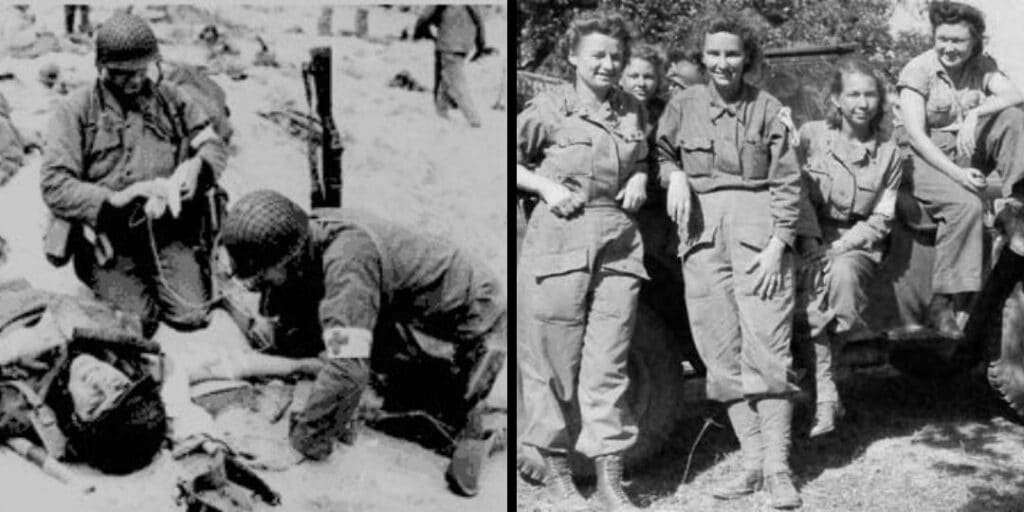
On the beaches and behind the lines, combat medics rushed into the fray, dodging bullets to bandage wounds, deliver morphine, and drag soldiers to safety. They often carried no weapons—only red crosses on their arms and hearts full of steel. They were the lifeline between life and death on the battlefield.
But behind the lines, nurses worked grueling shifts on hospital ships and in field tents, stitching bodies and easing pain. Their work was as vital as any weapon. These women showed incredible resilience, facing bombings, disease outbreaks, and emotional trauma while maintaining their vital roles in healing both body and spirit. Their dedication not only saved lives but also helped lay the foundation for the expanded role of women in both the military and medical professions.
U.S. Combat Engineers and Sea Bees

As the first waves of infantry stormed ashore, Army combat engineers cleared mines and obstacles to make way for reinforcements. Known as “Sappers,” they worked amid chaos to ensure tanks and troops could advance.
Following them were the U.S. Navy Sea Bees—construction battalions tasked with building the infrastructure to support the Allied push into Europe. Under fire, they built docks, roads, and airstrips that turned the invasion into a sustained campaign.
Women of the SOE: Spies Behind Enemy Lines
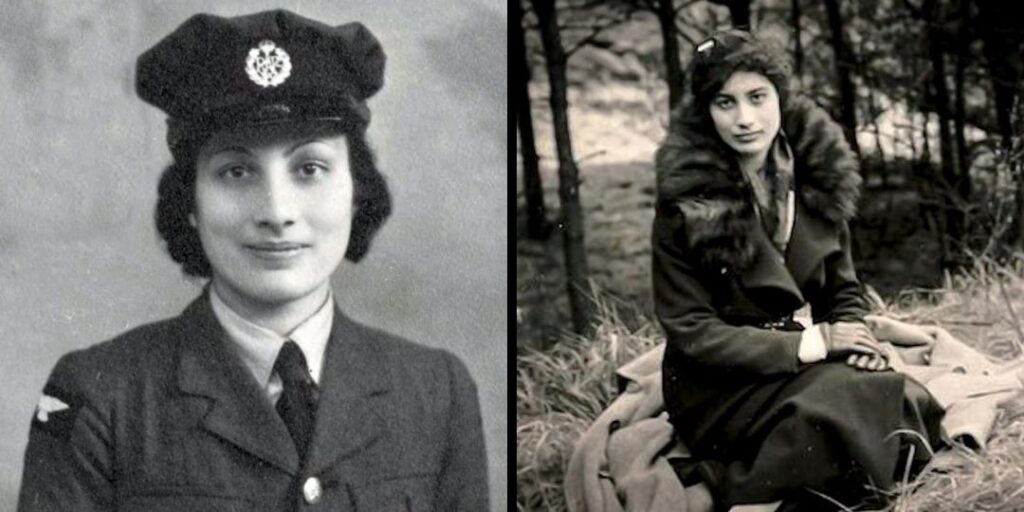
The British Special Operations Executive (SOE) recruited women to spy, sabotage, and lead resistance efforts in occupied France.
Noor Inayat Khan, a wireless operator of Indian heritage, parachuted into France and transmitted critical intelligence. Captured and executed by the Nazis, she never betrayed her comrades. Her legacy stands as a testament to courage in the shadows.
The Unlikely Warriors: D-Day’s Animal Heroes
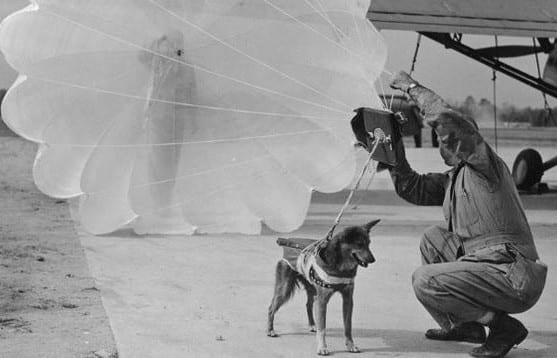
Even animals played a role in Operation Overlord. Bing, a German Shepherd trained in airborne operations, parachuted with troops, detected mines, and scouted enemy positions. His bravery saved countless lives.
Meanwhile, homing pigeons like Gustav carried critical messages when radio silence was required. Gustav even delivered the first news of the successful landings back to Britain, earning the Dickin Medal—the animal equivalent of the Victoria Cross.
War Correspondents and Photographers
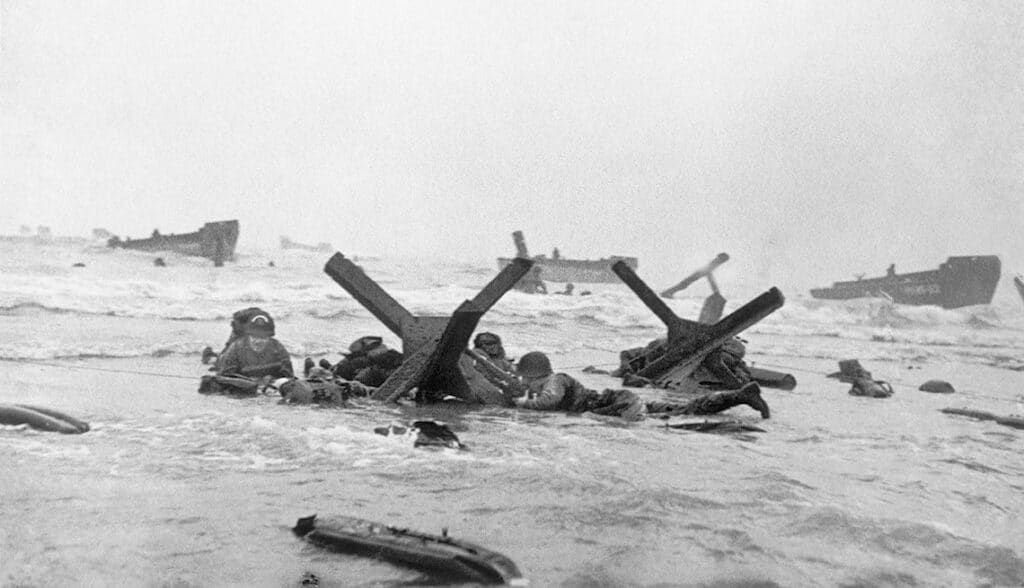
D-Day’s front lines also included journalists and photographers who risked their lives to document history.
Robert Capa, one of the most celebrated photojournalists of the 20th century, landed on Omaha Beach and captured 11 surviving frames amid chaos and bullets—images that helped the world grasp the cost of freedom.
The Support Crews and Sailors
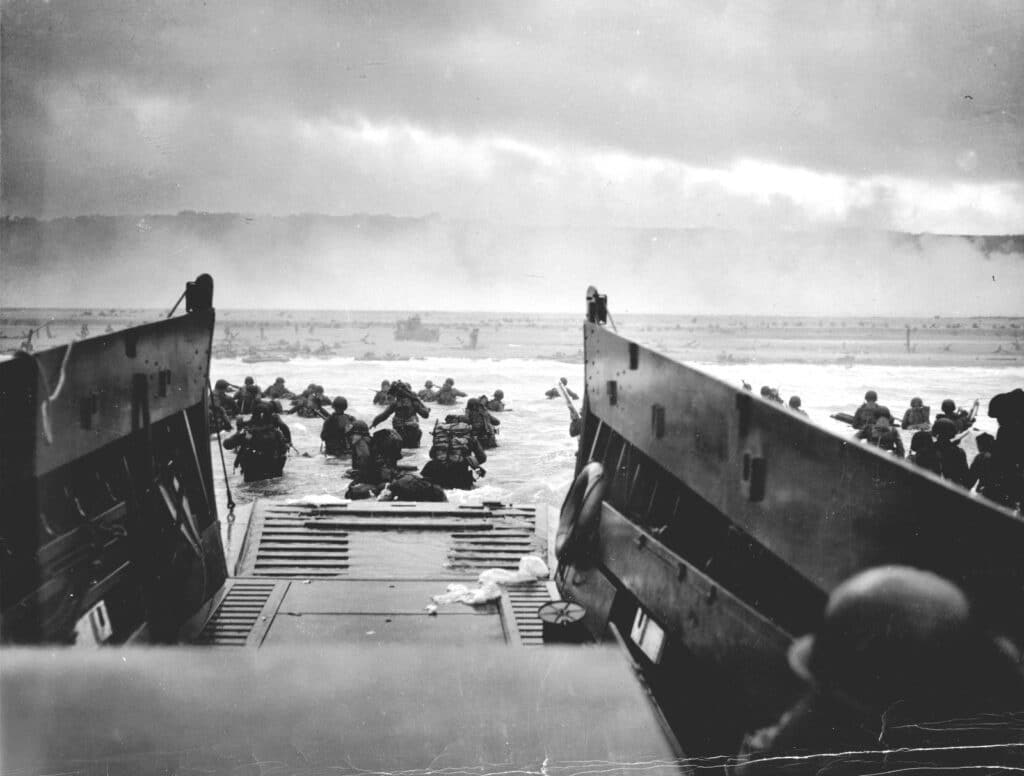
Behind every soldier on the beach was a vast network of support. More than 5,000 ships participated in the invasion, operated by sailors, mechanics, and Coast Guard crews who kept the war machine running.
They navigated minefields, ferried reinforcements, and rescued drowning men. Without them, the Normandy invasion would have faltered before it began.
Why These Stories Matter
D-Day was not won by generals alone. It was a collective triumph of individuals—many of whom history nearly forgot. Cryptographers, medics, engineers, resistance fighters, Black soldiers, women, and even animals—they each played a part in reshaping the world. These Unsung Heroes of D-Day remind us that victory was built on more than just strategy; it was sustained by selfless action.
In honoring them, we honor the full truth of D-Day: that victory often depends on quiet courage, hidden labor, and the bravery of those who don’t seek the spotlight.
Honor the Forgotten. Celebrate the Brave.
As we commemorate D-Day, let us remember more than just the storming of the beaches. Let us tell the stories of those who fought without fanfare, who risked everything behind the scenes, and who gave their all so the world could be free.
Their sacrifices may have been unsung, but they echo through history with power and pride.
About the Author

Mike Isaac-Jimenez is a 25-year U.S. Air Force Veteran transitioning into retirement in San Antonio, TX, and currently serving as a SkillBridge intern with Soldiers’ Angels. He holds a B.S. in Technical Management (Project Management) from Embry-Riddle Aeronautical University, along with A.A.S. degrees in Mechanical & Electrical Technology and Mechanical Engineering.
